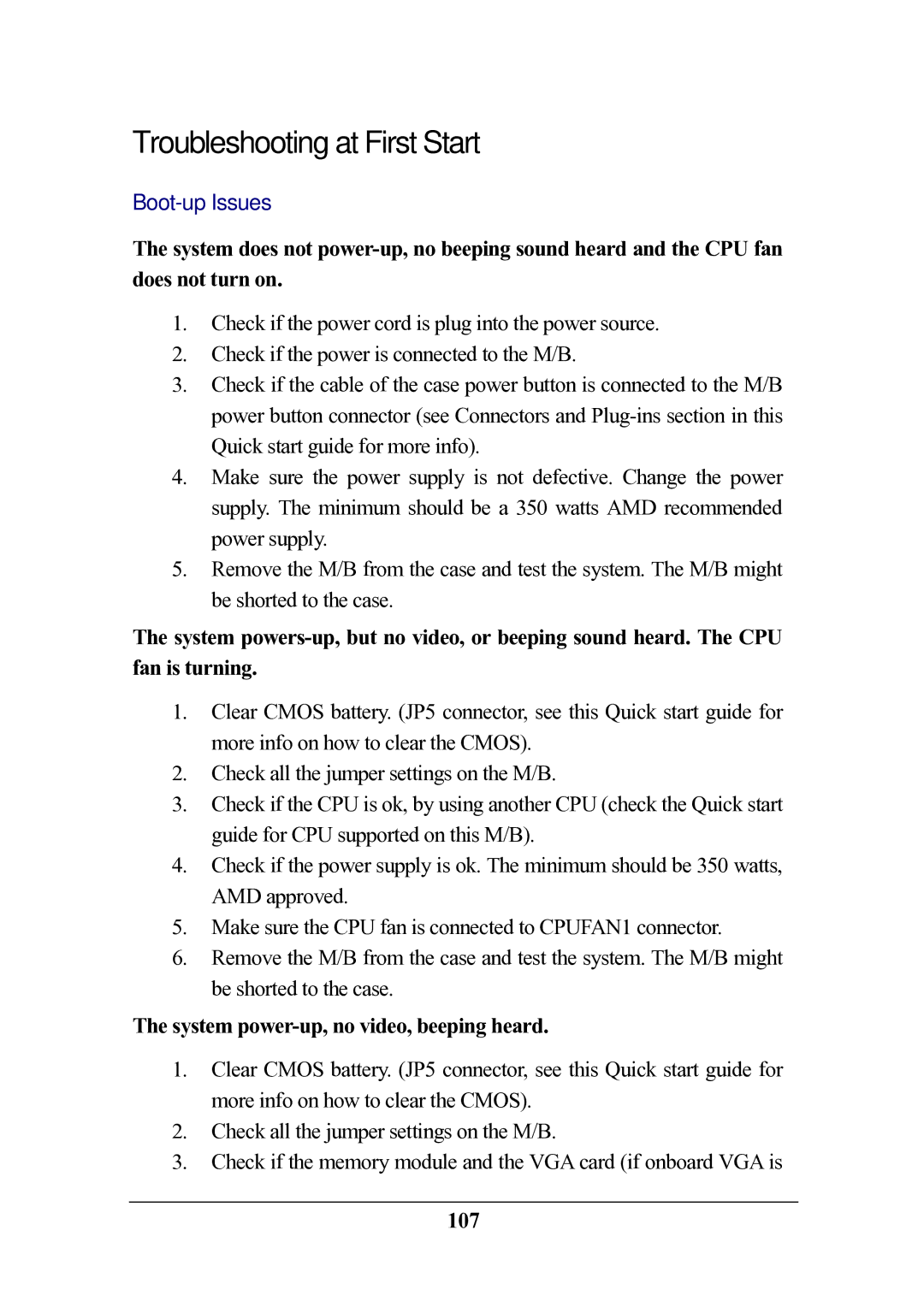SOYOTM SY-KT880DRAGON2 specifications
The SOYO SOYOTM SY-KT880DRAGON2 is a motherboard that made waves in the early 2000s as a reliable platform for AMD processors, particularly the Athlon XP series. Designed for enthusiasts, this motherboard offered a range of features and technologies that appealed to both gamers and professionals seeking robust performance.One of the standout features of the SY-KT880DRAGON2 is its support for the KT880 chipset. This chipset was known for its stability and compatibility with various AMD processors, ensuring users could make the most of their computing power. It supports Socket A/462 processors and provides a dual-channel DDR memory architecture, accommodating up to 3GB of PC3200/PC2700 DDR SDRAM. This memory flexibility allowed users to enjoy enhanced multitasking capabilities and faster application performance, which were crucial for gaming and content creation back in its prime.
The motherboard also boasted an impressive array of expansion slots, including AGP 8X for graphics cards and several PCI slots for additional peripherals. This expansion capability made the SY-KT880DRAGON2 a versatile option for building high-performance systems. Furthermore, it included onboard features such as integrated audio and network support, allowing users to connect to the internet and enjoy high-quality sound without needing additional hardware.
Another notable characteristic of the SY-KT880DRAGON2 is its Advanced Thermal Management system. This system is designed to ensure optimal cooling of the CPU and surrounding components, enhancing overall system stability and performance. With such thermal control, users could push their systems to higher performance levels while maintaining safety and reliability.
The layout of the motherboard also deserves mention, as its user-friendly design made installation and upgrades easier for users. With clear labeling and sensible component placement, even those new to building PCs could navigate the assembly process without frustration.
Overall, the SOYO SOYOTM SY-KT880DRAGON2 represents a significant chapter in the history of computer hardware, combining advanced features, solid support for AMD processors, and user-friendly design. Its legacy lies in its contribution to the evolution of enthusiast PC builds, paving the way for future generations of motherboards that continue to prioritize performance and reliability.
